The quality cryptomemes, the Dogecoin 🤚💎🦍🚀
Introduction
Dogecoin was born in 2013 as an alternative cryptocurrency, but it didn’t take off until 2017 when Elon Musk tweeted his support for Dogecoin alongside “Paypal.” The meme-based crypto quickly became one of the most popular cryptocurrencies on Twitter with over $1 billion worth of its digital currency raised through donations during December’s global COVID-19 pandemic alone.
“It’s really just kind of funny stuff,” said Josh Mohland, CEO of CoinShares Cryptocurrency Research, who is also known by his alter ego @CryptoWhisperer.
Mohland says he first heard about Dogecoin back in 2014 or 2015 when he saw someone mention it on Reddit while researching another topic — something similar to how the internet got introduced to Bitcoin in 2009. But unlike other cryptocurrencies, like Ethereum which began trading in 2014, the origins of Dogecoin are unclear. According to some sources, the coin’s name comes from a South Park episode where Cartman eats dog food because there aren’t any hamburgers available. However, others say it originated from a Tumblr post created by Jackson Palmer called “Shibe In Your Cap.”
Regardless of how exactly the coin came into existence, the alt-currency had been around since 2011 before being launched publicly in May 2012. It wasn’t initially supported outside Japan due to technical issues, but the Japanese exchange Coincheck took advantage of this and bought millions of dollars’ worth of Dogecoins without authorization. Once news broke that Coincheck lost approximately 850 million NEM coins (which were based upon blockchain technology) after hackers infiltrated their system last year, however, many people started asking questions about what happened to all those Dogecoins. As such, users fled to exchanges like Binance, OKEx, Huobi, etc., selling their Dogecoins at a loss.
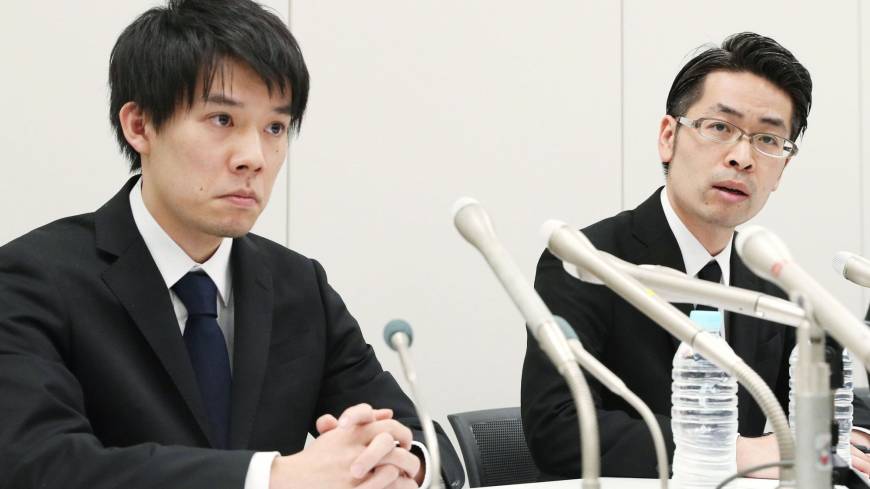
But despite these setbacks, Dogecoin remains a strong contender among digital currencies. Its market cap currently sits above $11 billion compared to less than $100 million for LiteCoin and roughly $10 billion for Bitcoin. And according to data collected by Bloomberg Intelligence from Coinbase, more than 90 percent of daily trades occur within 24 hours of opening each day.
As you’d expect from a coin that grew out of memes, it doesn’t have much of a corporate structure behind it. There are no advisors, executives, board members, or even employees. Instead, it operates solely under the guidance of three individuals: Palmer, entrepreneur Billy Markus, and programmer Lawrence Lundblade. This decentralized structure means that anyone can become involved in the development process if they’re interested enough.
Although the company isn’t technically incorporated, Palmer still runs things pretty similarly to how Uber does, calling meetings via Skype and checking messages throughout the night using Slack. He’s the face of the project and is constantly communicating with investors and media outlets. His Twitter bio reads “CEO & Chief Memer” and aside from his Twitter account, he only uses email. One thing he’s not very fond of though? Reading emails, especially long ones.

Markus joined the team in 2016 and acts as the head of operations. Like Palmer, he prefers to communicate mainly via text message rather than video calls. When we spoke earlier this month, he told me he preferred texting so that he could get ideas across quicker.
On the subject of communication, Markus says he tries hard to be open and transparent with everyone working at the company. That includes sharing information regarding everything from budgeting to upcoming events. They’ve recently announced plans to host workshops near Tesla facilities to educate workers about the risks associated with electric vehicles.
Lundblade, who worked with Palmer to develop the original code for Dogecoin, officially joined the team in 2018.
Despite having a background in computer science, he primarily communicates via Telegram groups instead of texts. These chat rooms allow him to keep up with projects simultaneously and make sure that everyone stays informed about them.
And although the majority of Dogecoin contributors are volunteers, they receive compensation from the company via monthly subscriptions paid directly into their bank accounts. For example, Palmer pays himself 0.5% of the total value of Dogecoin every week. If the price goes up, then so will his payout; if it drops below the certain threshold, then he’ll pay nothing. Although it seems like too little reward for doing too much work, Palmer believes it’s necessary given the amount of people relying on the coin.
Like other companies, Dogecoin relies heavily on marketing and sales teams to promote itself and raise awareness. To help boost adoption, the company hosts meetups and conferences once or twice per quarter. Many of these gatherings involve celebrity speakers like comedian John Oliver. During one conference held later this month, Palmer will speak along side Mark Zuckerberg and Sheryl Sandberg.
While the company’s focus is on spreading awareness and building communities, its main goal is to create a new type of Internet payment service. Rather than sending payments between two parties, Dogecoin would let you send cryptocurrency to friends and family without ever touching cash. At least, that’s the vision. Currently, you need to convert your DOGE tokens into fiat currency to use debit cards, credit cards, PayPal, Apple Pay, Google Pay, Amazon Payments, etc.
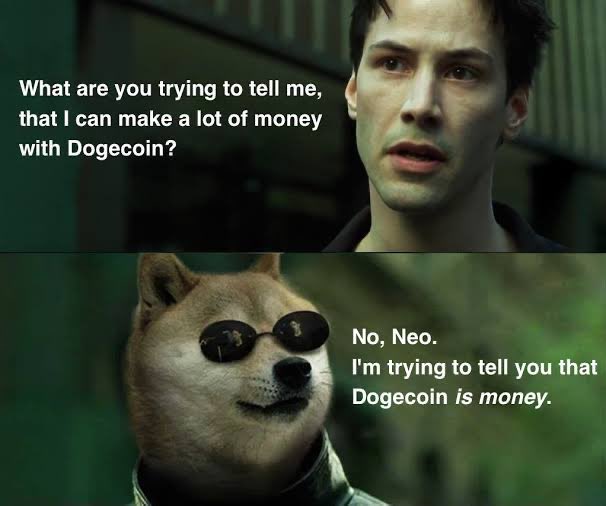
To achieve this lofty aim, the company needs to find partners willing to accept the token as payment. While partnering with Visa might seem logical, it’s unlikely that banks will adopt the currency anytime soon. So far, the biggest partnership Dogecoin has secured is with Crypto.com, a fast growing platform that allows customers to buy cryptocurrencies easily.
“We’re trying to build bridges with different industries,” Markus explained. “Obviously, I think that’s going to happen with financial services…but obviously, we want to partner with non-financial institutions as well.”
In addition, Dogecoin hopes to launch a mobile app sometime next year. Unfortunately, the company hasn’t yet decided whether it wants to integrate features related to tipping, like Venmo does. Users will eventually be able to tip creators via the app, but it won’t include tips tied to specific content or transactions.
Because Dogecoin isn’t backed by any physical assets, the company has taken extra measures to ensure liquidity is maintained. Unlike traditional currencies, whose supply is controlled by central authorities, Dogecoin miners earn rewards by helping maintain the network. Each time a user makes a transaction, they generate fees that go towards paying these miners. Since there’s no set number of coins in circulation, the company prints additional coins whenever demand rises.
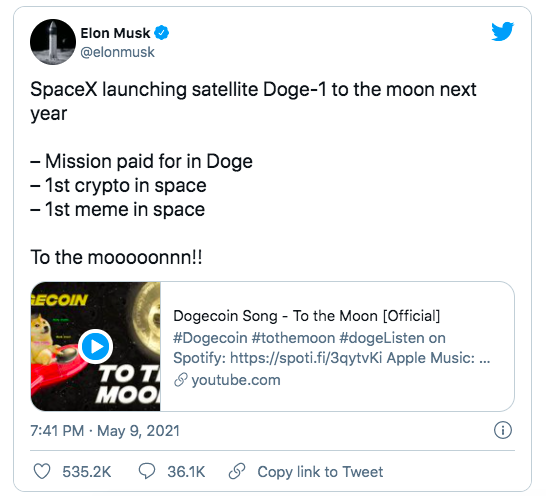
This may sound complicated, but it actually helps prevent shortages. Think of it like a Netflix subscription that renews automatically—the algorithm that determines how many coins should print ensures that people always have access to goods and services.
One major problem facing the company right now is scaling. Because the network is relatively small, it takes longer for transactions to confirm. On average, it takes 2 days for a single transaction to complete. Given the size of the current market, this poses a challenge for mass adoption. Fortunately, the company plans to solve this issue by developing a high performance blockchain network capable of handling billions of transactions per second.
So why did Elon Musk tweet his support for Dogecoin? Well, he probably liked the fact that it seemed fun and unpretentious. After getting kicked off stage at VidCon in 2019 following comments made onstage about China’s censorship policies, Musk realized he needed to step down as chairman of Tesla. In lieu of this role, he recommended someone else. Ironically, that person turned out to be Palmer, whom Musk met earlier this year.
When asked why he chose to recommend Palmer specifically, Musk replied, “I don’t know! I’m just happy!”
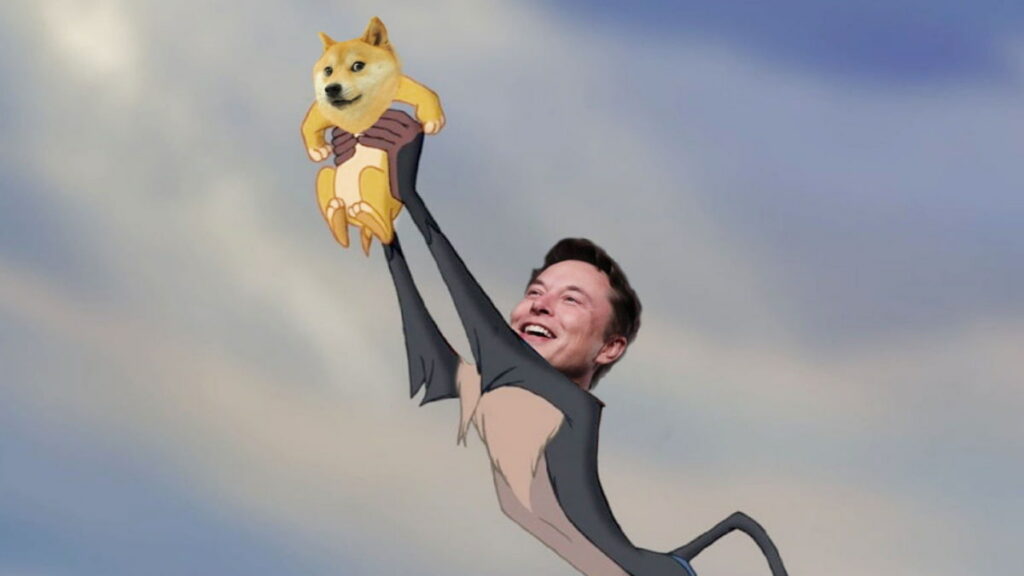
Elon Musk isn’t the only notable figure supporting the coin either. Some celebrities have even gone so far as to endorse it themselves. Back in March, musician Post Malone declared that he wouldn’t perform unless fans sent him 1 billion DOGE tokens saying, “That’ll show em’.” More recently, actor Samuel L. Jackson endorsed the coin after meeting Palmer at a screening of Avengers: Endgame.
Given the way the company works, it’s difficult to estimate how profitable the company truly is. While the core strategy sounds simple enough, the execution requires constant monitoring and adjustments to adapt to changing circumstances. Luckily, Markus and Palmer remain committed to ensuring that happens.
“I think our job is to listen to feedback from people, see what problems they’re having, try to fix those problems, and hopefully, make the product better,” Markus said.
At the end of the day, Dogecoin stands apart from other cryptocurrencies simply because of its loyal fanbase and commitment to improving the overall experience for the community. With more than 100 million tokens traded everyday, it’s clear the world desperately needs a solution like Dogecoin.
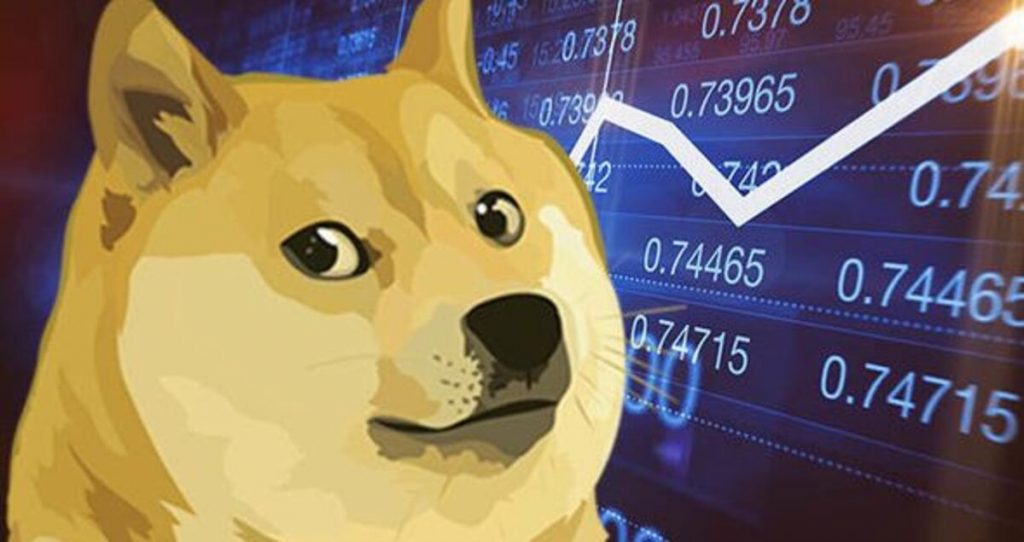


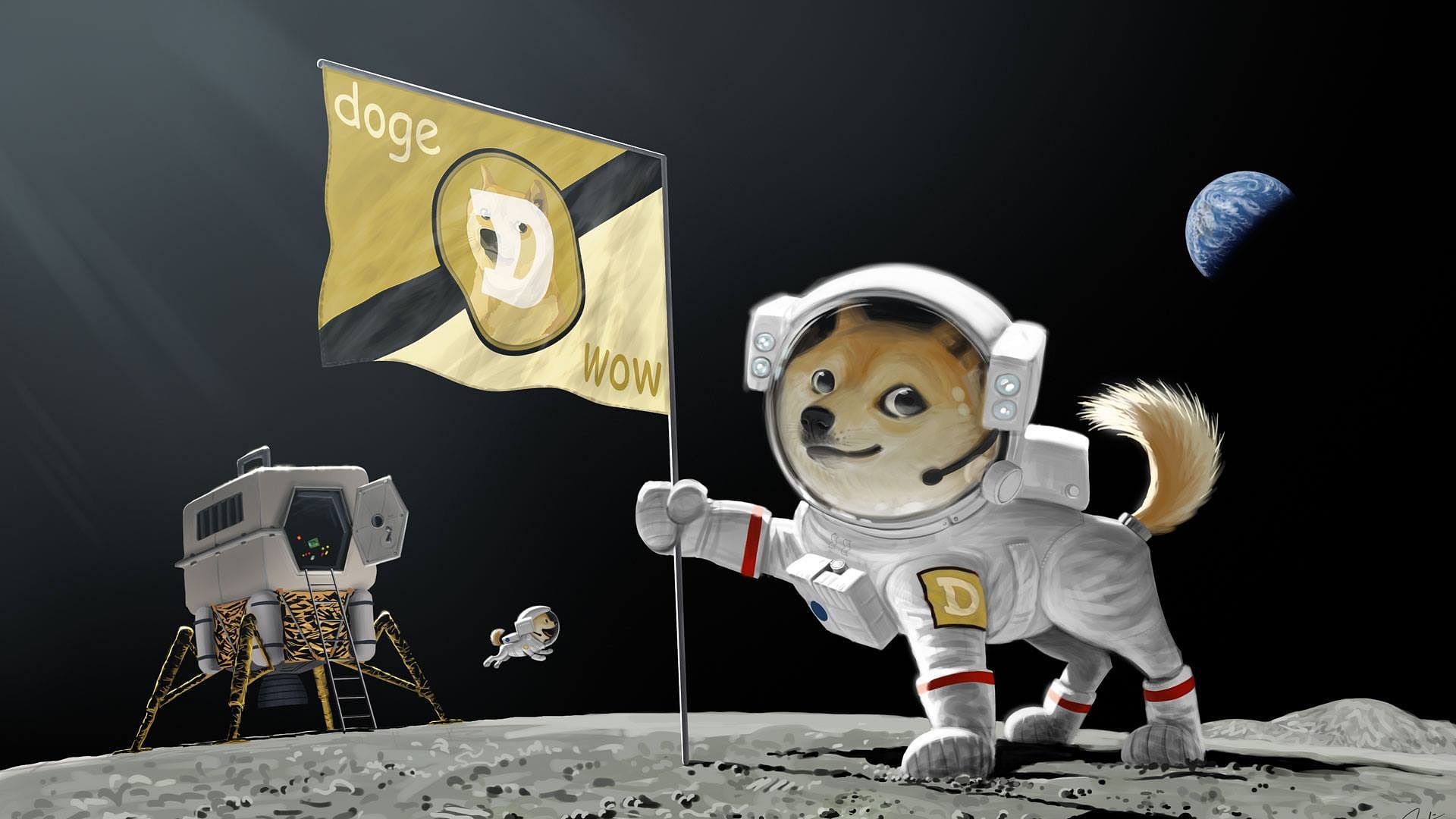
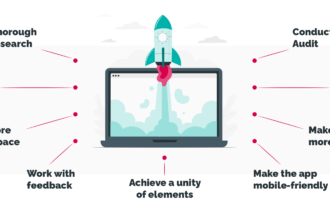
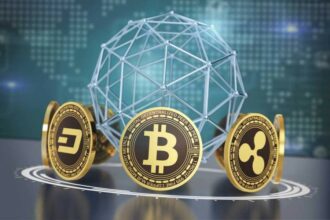

Leave a Reply